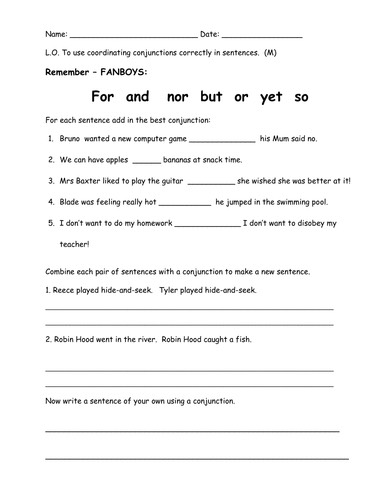Spellings: Can you choose some of these word today, to practice in your neatest handwriting?
Rule:
Use -cial after a vowel, like after the vowel ‘o’ in social, ‘e’ in special, ‘i’ in beneficial
Use -tial after a consonant, especially, after ‘n’ in substantial, essential, and ‘r’ in partial
Potential
Essential
Substantial
Partial
Influential
special
social
official
crucial
artificial
official
beneficial
Arithmetic: This week we are going to continue to looking at multiplying fractions, but include mixed number fractions and multiplying these by larger numbers. All you have to remember is to change the mixed number fraction into an improper fraction first and then multiply the numerator (top of the fraction) by the whole number.
Definitions:
Mixed number: A whole number and a fraction combined into one mixed number for example:
2 1/3
Improper fraction: A fraction where the numerator (the top number) is greater than or equal to the denominator (the bottom number). … Example: 5/3 (five thirds) and 9/8 (nine eighths) are improper fractions.
Can you have a go at these questions below? You can leave your answer as an improper fraction, but if you are feeling really brave, can you convert your answer back to a mixed number?
4 ½ x 64 =
2 1/7x 42=
1 3/6 x 72=
For example: Camp Green Lake, a dry barren wasteland, was littered with holes that the campmates had dug over the months.
English: – Thursday- L.O. To research, and write notes on, an animal from Mexico.
Today you are going to research an animal from Mexico and write up some notes about it. Consider your audience when you are researching your creature (children may want to know some funny facts or even some disgusting ones!). You may want to draw a picture of the creature to go with your non-chronological text.
Maths: L.O- I can identify missing angles in triangles and quadrilaterals.
Can you have a go at the suggested activities below, using your knowledge of angles and shapes so far, to work out the missing angles?
Topic: Our weekly focus for this week is culture and tradition.
Suggested activities for the week:
• Learn some numbers/ greetings in Spanish. There are some great videos on YouTube for this and the free language learning app Duolingo has a course in Spanish (this app is excellent!).
• Mexican Spanish is slightly different to Spanish from mainland Spain, can you find out more about this?
• Research the traditional sports of Mexico and present these as a poster or try some yourself (unless they are dangerous!)
• Try some Mexican food. There are lots of Mexican dishes in our local supermarkets!
• Research the main religions in Mexico.
• Research the Mayans! What happened to them? Have they influenced any of modern Mexico?
• Research the clothing in Mexico and design your own traditional outfit.
• In England we have the monarchy and government. Is this the same as Mexico? Do they have any laws which are different?
• Is there anyone who is famous who was born in Mexico?
Thank you for your continued support,
Miss Coates.













